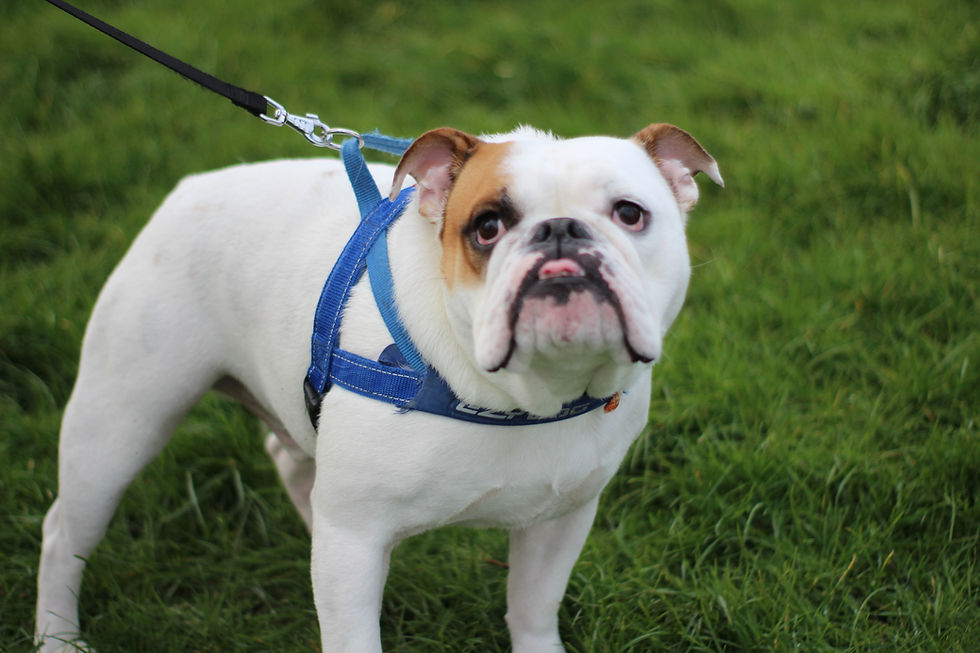Can Cats Eat Dog Food?
- Vetco

- May 10
- 2 min read

You should feed a complete, species specific diet as this will be suitably balanced for your pet. It is often best to feed your pet a diet that has been designed to best support their life – stage as well i.e. kitten, adult or senior.
WHY IS DOG FOOD BAD LONG-TERM FOR MY CAT?
Cats and dogs have differences in their dietary needs. Cats are obligate carnivores which means their diet must consist mostly of meat protein, while dogs are omnivorous. By feeding your cat a diet designed for dogs, they will receive the incorrect balance of nutrients. Long term this can result in a wide range of health issues such as heart disease and gastrointestinal problems.
WHAT ARE THE DIFFERENCES BETWEEN CAT AND DOG FOOD?
Cats have different nutritional needs to dogs, and their foods are often higher in protein, fat and some vitamins and minerals. Cat food tends to have a stronger smell and flavour too, with scent being a particularly important factor in cat food palatability.
Cats also have a different ability to detect flavour compared with dogs. Cats have only 500 taste buds whereas dogs have around 1700.

HERE ARE SOME OF THE KEY DIFFERENCES BETWEEN CAT AND DOG FOOD
PROTEINS
Certain amino acids (the building blocks of protein) such as taurine and arginine are essential requirements in a cat’s diet. This is because a cat’s body lacks the enzymes to make these amino acids. Taurine deficiency in cats can lead to serious health problems such as blindness or an enlarged heart. The same is not true for dogs as their bodies are able to synthesise taurine, which is why their dietary requirement for taurine is lower.
Cats also need higher dietary levels of protein than dogs because they receive a greater proportion of their energy from its metabolism.
VITAMINS
Cats and dogs need different levels of some vitamins. In particular, vitamin A. Vitamin A has important functions in maintaining the cat’s eyes, skin and coat. Cats require more vitamin A then dogs. Therefore, cat food will often include higher quantities of vitamin A compared to dog food.
ARACHIDONIC ACID
This is an essential fatty acid which cannot be produced by cats and needs to be provided by their diet. Dog food may not be supplemented with arachidonic acid since their bodies can create their own.
SIZE
The physical size of kibble can differ from what your feline is used to, particularly if your dog is a large breed. With wet food – cat diets tend to be packaged in a smaller portion size, so as not to over feed them.
Having your two pets in different rooms at meal time can help reduce the incidents of your cat gaining access to your dog’s food.



Comentários